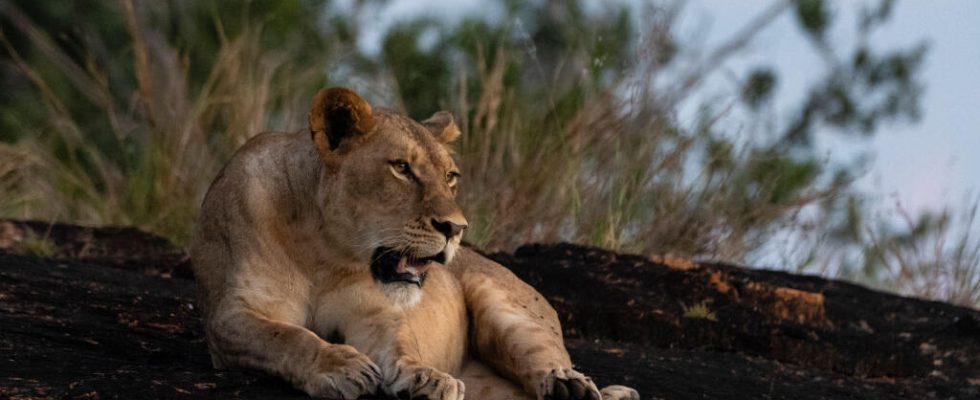In Kenya, the invasion of the big-headed ant has forced lions to change their diet. Studies have shown that the arrival of this species led to five to seven times more damage caused by elephants on the acacia trees in the region, and consequently deprived the lions of the hiding places necessary to track down the zebras.
1 min
It all started fifteen years ago, with a very serious study published in the journal Science. At the beginning, there was perfect harmony. The whistling acacias, small shrubs of the Kenyan savannah, were protected from elephants, who love their foliage, thanks to the bites of a local ant living at the foot of these same acacias.
But another species of ant, the big-headed ant, chased away the previous ones, thus depriving the acacias of their most faithful protectors. A boon for the elephants, but a disaster for the lions. Because by devouring acacia foliage, pachyderms have contributed to the reduction in forest cover, which allows lions to hide when hunting zebras.
The lions eventually adapted by falling back on buffalo, prey that was more difficult to capture. The number of lions, however, remained stable, “ even after all the cascading effects that happened », Explained to AFP Douglas Kamaru, lead author of the study.
These big-headed ants could also cause problems for other species that rely on the whistling wattle, such as giraffes or the critically endangered black rhino. This is one of the questions asked by researchers who fear more generally the effects of some 3,500 species considered invasive on biodiversity.
Read also :Chad: a species of lion thought to be extinct makes its reappearance
